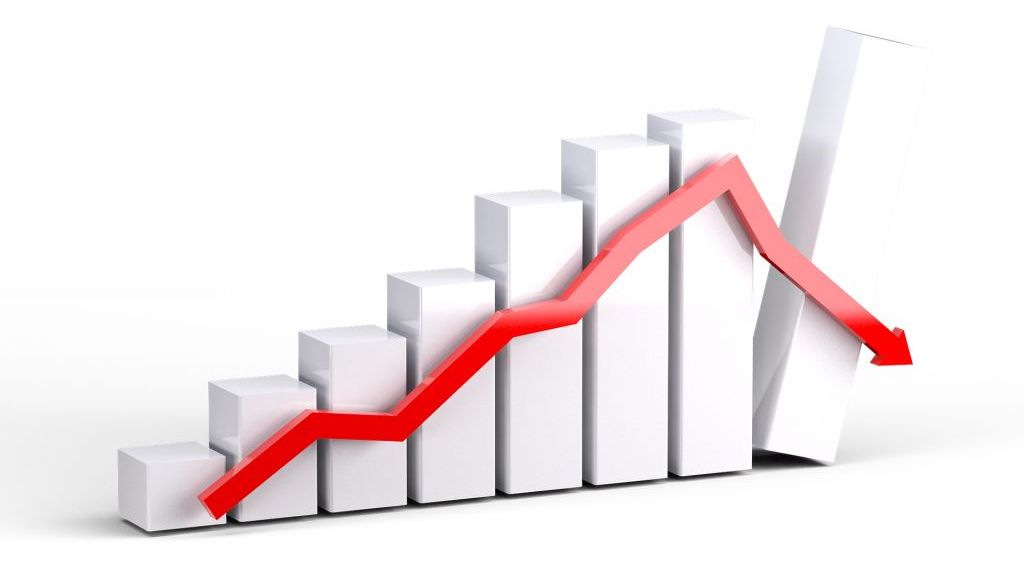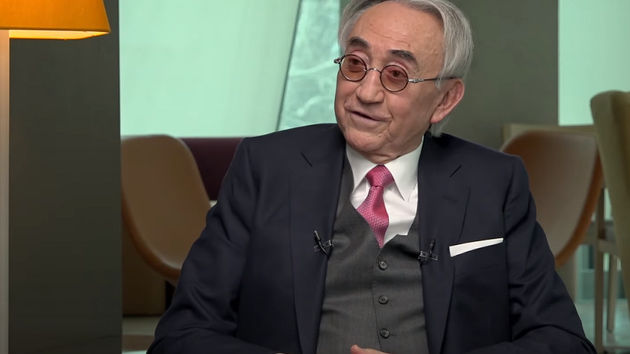Serbia Lagging Behind in Development Compared to Countries of Central and Eastern Europe – We Are Facing Getting Trapped in Medium Level of Development
Source: Beta
 Tuesday, 05.03.2024.
Tuesday, 05.03.2024.
 13:41
13:41
 Tuesday, 05.03.2024.
Tuesday, 05.03.2024.
 13:41
13:41
(Photo: Pixabay/Mediamodifier)

Commenting on “A New Global Context: The Challenges of an Uncertain Future”, which is the main topic of this gathering, he said that the economic growth of Serbia was far below its potential.
As he estimated, the CEE countries adopt new knowledge and technologies much faster than Serbia, which enables them to develop twice as quickly.
In those countries, according to him, the share of the most productive industries, such as the manufacturing industry and IT services, is growing, whereas in Serbia, the fastest growing companies in the 2020-2022 period came from traditional industries, commerce, construction, mining and similar industries, which comprise more than 75% of the economy.
In Serbia, as he said, the IT sector is growing in a way that is similar to how it is growing in CEE countries.
– The share of the IT industry in the economy of all the CEE countries has increased four to five times in the past 20 years or so, and Serbia is not an exception either. At the moment, the IT sector creates, on average, 3-4% of the total added value in those economies. The problem is that, in Serbia, that sector mostly works for export and foreign markets, and not for the local economy – said Petrovic.
He added that Serbia had a high foreign direct investments (FDI) inflow, but that they weren’t directed at progressive sectors.
– For several years now, FDIs have comprised around 7% of the gross domestic product (GDP) in Serbia, of which a third, which is a solid share, goes to the manufacturing industry, which comprises 16% of Serbia’s economy. However, looking at investments within the manufacturing industry, only 30% end up in the progressive branches – said Petrovic.
In the countries of the Visegrad Group and Slovenia, as he said, over 50% of the FDIs is directed at progressive branches.
In Serbia, according to him, FDIs have contributed to the creation of new jobs, but mostly for the less qualified workforce, which is why the unemployment rate has dropped, but they haven’t led to an accelerated growth of productivity, as they have in the CEE countries.
Local private investments, as he said, are too low to change the growth model in Serbia. The total investments in Serbia have, as he said, grown strongly in the past years. In 2014, they were the lowest in CEE (15.9% of the GDP), but in 2022, they reached 24.2% of the GDP, which is slightly above the CEE average, but they are not balanced.
– In Serbia, public investments grew from 2.3% of the GDP in 2014 to 7.4% of the GDP in 2022. FDIs jumped from 3.5% of the GDP to 7.2% of the GDP, but they are not directed at progressive sectors. Local private investments have remained very low, far lower than in the CEE countries – pointed out Petrovic.
He added that small and medium companies were a special problem. They should be the most flexible and innovative part of the economy, but investments are slowed down by a bad investment environment, the insufficient rule of law and high corruption, and the quality of the institutions has been worsening since 2014.
Commenting on the dilemma whether Serbia would fall into “the trap of a medium level of development,” Petrovic pointed out that the economic growth in Serbia relied on cheap and available workforce in traditional industries, and that the GDP growth was below the potential and that the country was not very successful at getting closer to (converging with) the developed Europe.
An additional problem, he said, is that this model of growth is easily exhausted.
– Unemployment is already considerably reduced in Serbia, to around 9%, and in certain industries, there’s a lack of workers and that tendency is getting stronger due to the bad demographic trends and the emigration of the populace. Salaries have grown relatively quickly in the past few years, more quickly than productivity, so the country is facing getting trapped in a medium level of development and there are no indications that the growth model is changing – Petrovic estimated.
The emigration of the populace and the lack of workers are problems in certain branches (Photo: tai11/shutterstock.com)

Unlike Serbia, as he said, the CEE countries seemed to have avoided that trap, because the progressive sectors are gradually taking over and nearly all of them, except Bulgaria, have already moved up to the group of countries with a high income.
An additional challenge, according to him, is that, parallel with the process of Serbia’s getting closer to the CEE countries, the energy transition is in progress, which CEE and other developed countries did not have to worry about.
A quicker growth, as Petrovic said, requires more electrical energy, and two thirds of the local production are “trapped” in coal.
The production rate of Elektroprivreda Srbije (EPS), as he added, has been dropping year after year “with a familiar technology, and now the trend has to change and it has to switch to new ones.”
– Decades of insufficient investing in the production capacities and coal mines have brought EPS to a collapse, at the end of 2021, and investments are needed in the next ten years, of around EUR 10 billion, primarily in technologies for the production of electrical energy from wind and solar power, for which that company doesn’t have the expertise – said Petrovic.
He added that the unreformed and inefficient energy companies, EPS and Elektrodistribucija, could be an unexpected bump in the road toward getting closer to the CEE countries.
The trap of the medium level of development can be avoided, according to him, by raising the local private sector, especially small and medium enterprises.
According to Petrovic, the precondition for that is to improve the institutions: to reduce the corruption, improve the rule of law, protect intellectual property, as well as to change the structure of FDIs, from traditional to progressive fields.
According to him, incentives in Serbia should be directed at activities with a high added value, instead of the focus being on the number of jobs. Petrovic said that a global advantage of Serbia was the proximity of EU borders, and in order to use that, Serbia has to be a credible partner and implement their standards.
– Much more attention should be paid to human resources and reforms, and it is also necessary to increase investments in education, healthcare and environmental protection – concluded Petrovic.
Companies:
 Fiskalni savet Republike Srbije
Fiskalni savet Republike Srbije
 Elektroprivreda Srbije ad Beograd
Elektroprivreda Srbije ad Beograd
 Elektrodistribucija Srbije d.o.o. Beograd
Elektrodistribucija Srbije d.o.o. Beograd
Tags:
Central and Eastern Europe
CEE
Fiscal Council
Kopaonik Business Forum
Elektroprivreda Srbije
Elektrodistribucija
Pavle Petrović
economy
economic growth of Serbia
technologies
IT
manufacturing industry
investments
gross domestic product
GDP
foreign direct investments
FDIs
unemployment
new jobs
productivity
small and medium enterprises
corruption
investment environment
rule of law
industries
demographic trends
emigration
coal mines
electrical energy
energy companies
Comments
Your comment
Naš izbor
Most Important News
Full information is available only to commercial users-subscribers and it is necessary to log in.
Follow the news, tenders, grants, legal regulations and reports on our portal.
Registracija na eKapiji vam omogućava pristup potpunim informacijama i dnevnom biltenu
Naš dnevni ekonomski bilten će stizati na vašu mejl adresu krajem svakog radnog dana. Bilteni su personalizovani prema interesovanjima svakog korisnika zasebno,
uz konsultacije sa našim ekspertima.


 Izdanje Srbija
Izdanje Srbija Serbische Ausgabe
Serbische Ausgabe Izdanje BiH
Izdanje BiH Izdanje Crna Gora
Izdanje Crna Gora


 News
News








